Customer Journey Map - Analytical Dashboard
Designing the customer journey for the Budget Management Dashboard involved placing the user at the core of the product experience — especially those who are actively involved in requesting and managing department-level budgets (like Marketing, Sales, or Ops Managers). The objective was to reduce friction, improve transparency, and enhance control at each step of the journey.
1. User-Centered Flow Creation
The journey was mapped after understanding:
- What the user needs to accomplish (goals)
- What they experience during each step (touchpoints, actions)
- Where they may face confusion or delays (pain points)
Each stage in the journey (Awareness → Access → Request → Tracking → Feedback → Reporting → Optimization) was added intentionally to reflect a realistic and complete budgeting cycle within a corporate ecosystem.
2. Awareness to Action
We acknowledged that users might not start with high clarity. So, the Awareness stage was included to emphasize onboarding — ensuring new users aren't lost. The goal was to help them understand not just how to use the dashboard, but why it’s beneficial to them.
This informed design decisions like:
- Adding onboarding tooltips or training modules
- Providing a consistent and helpful UI/UX from the first login
3. Simplifying the Request Process
The Request stage is the core function. This influenced:
- A clean “Add Budget” CTA placed prominently
- A step-by-step budget submission form
- Use of validation, dropdowns, and tooltips to minimize errors
Users need to submit fast, accurately, and confidently, so usability and efficiency guided this step.
4. Tracking & Transparency
The Tracking and Feedback stages focus on visibility and control:
- Users want immediate insights into their request status (approved, pending, rejected)
- Notifications (in-app or email) are used to avoid ambiguity
This led to decisions like:
- Status color-coding (green for approved, red for rejected, amber for pending)
- Dashboard cards and tables showing count and details of requests
- A rule display panel to clearly explain the approval path
5. Data-Driven Planning
In the Reporting & Optimization phase, the goal is long-term improvement. Managers want to use insights to plan smarter.
This inspired the inclusion of:
- Visual dashboards (pie charts, department comparisons)
- A historical view for analyzing trends over time
- Rules panel to reduce missteps in future requests
6. Continuous Improvement
We added the final Optimization stage to encourage behavioral change through data. This makes the dashboard not just a tool, but a guide for making better financial decisions over time.
Tools used
From brief
Topics
Share
You might also like
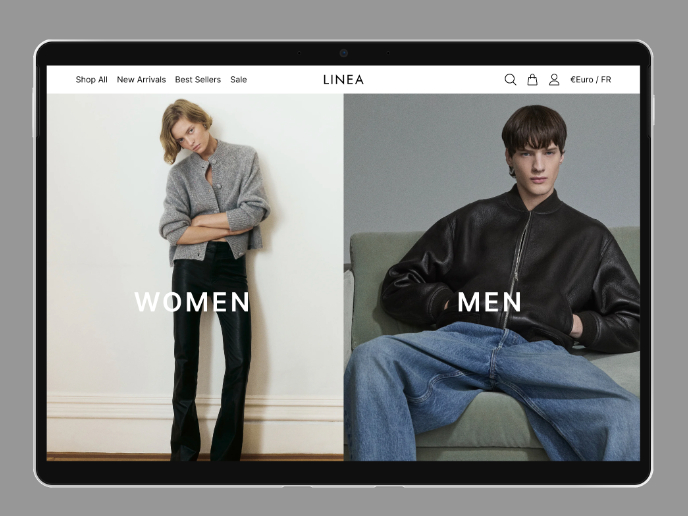
L I N E A - Minimalist Fashion Brand
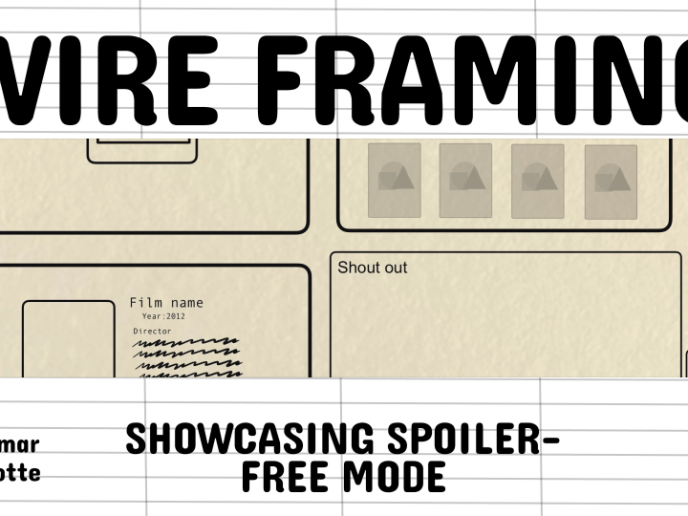
Video Streaming Service wireframe: Spoil-free mode and Interactivity
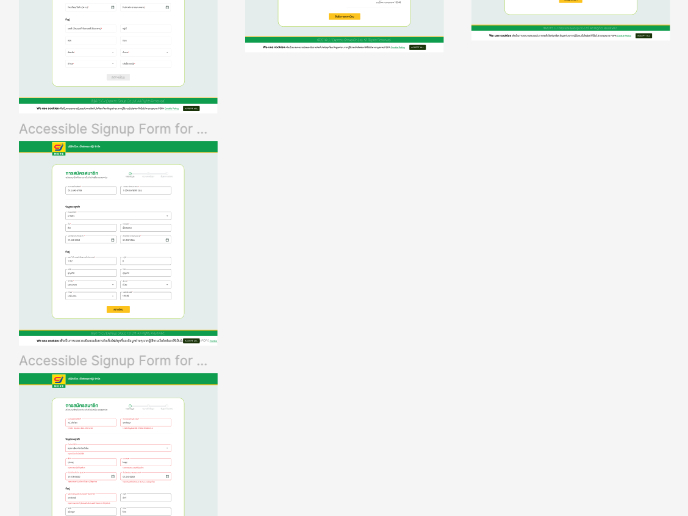
Accessible Signup Form for SaaS Platform
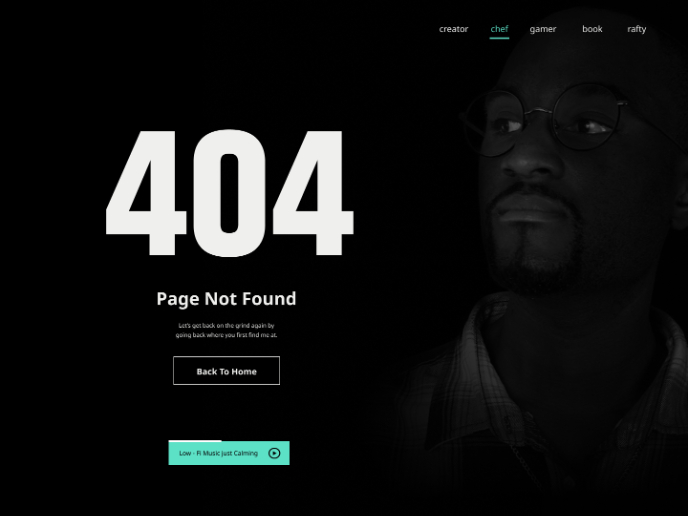
404 for Personal Website

SIPALA - Attendance, Leave, and Activity Management System
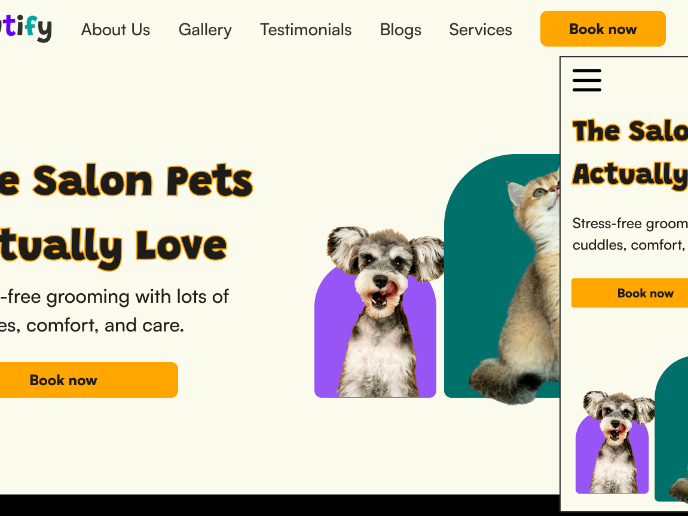
Pawtify - Responsive Landing Page Brief
User Research Courses

Introduction to Product Management

The Product Development Lifecycle & Methodologies













